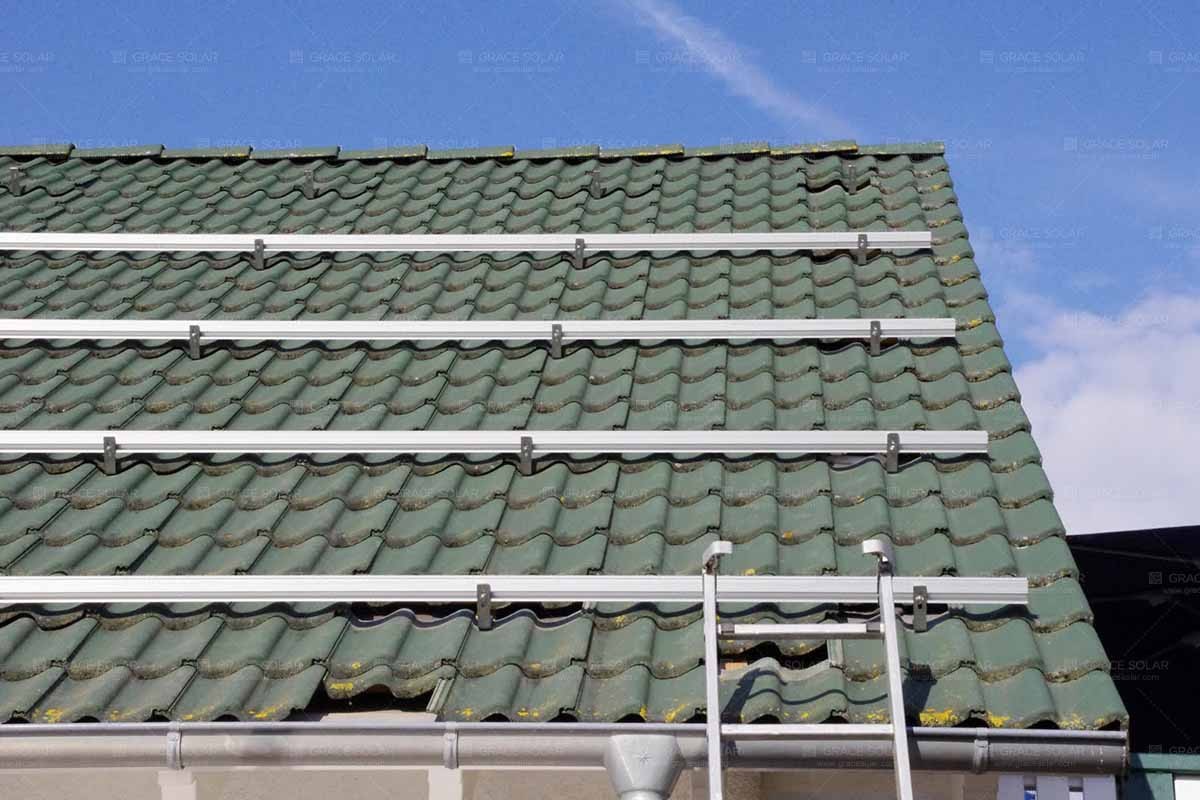Solar power – the cheapest form of energy
The report presents four main scenarios for the development of global energy production. Renewable energy sources will experience a major growth in all four scenarios by 2040; the primary scenario including 43 % more solar energy output as predicted initially in the report in 2018. The scenarios are projected by using the data analyzed by the World Energy Model (WEM). This large-scale simulation model is designed to correspond to the functions of global energy markets and by utilizing vast amounts of data to generate estimations for the world energy markets. The Global Market Outlook for Solar Power 2020-2024 published by SolarPower Europe aligns with the view of IEA as well and points out that utility-scale solar provides often the lowest cost energy generation technology, with ever decreasing costs in the future.
What makes solar a cost-effective energy source?
The World Energy Outlook 2020 report states additionally that substantial cost reductions in photovoltaics over the past decade has made solar energy a consistently cheaper form of energy than for instance coal or gas in most countries. Reasons for this are several. One reason is a cheap and easier access to capital in the leading markets allowed by supportive policies and maturing technologies. Furthermore, big advancements in the solar technologies play an important role. For example, the performance of PV modules has been improving significantly – smaller modules can provide a higher energy output, longer lifespan, better recycling possibilities, and lower manufacturing costs. To give an example, in 2010 a standard PV module cost roughly USD 2.00/watt, where it today stands at about USD 0.17/watt. Moreover, battery, storage and grid connection technologies are improving and becoming more cost-efficient promptly, which is extremely important for ensuring the flexible operation of photovoltaics systems. Since the beginning of 2000s, also the solar plant sizes have grown, which has resulted in improving economies of scale and thus cost reductions.
When it comes to supportive policies and politics, it is clear that the common climate targets of the Paris Agreement and Sustainable Development Goals (SDG) direct the way of the political sphere more and more to the direction of solar and wind, whereas coal, oil, gas and other more polluting forms of energy are being cut and no longer subsidized as strongly. As of today, already more than 130 countries have policies in place, which contribute to the decreasing cost of new solar installations. The EU alone has set a goal to obtain 32% of all its energy from renewable sources by 2030. However, the way to go until the global net-zero CO2 emissions are reached is long, and it does not happen overnight. It requires persistent efforts, sacrifices and cooperation from governments, political players, corporations, and individuals.
For more information, please check solar mount website.



